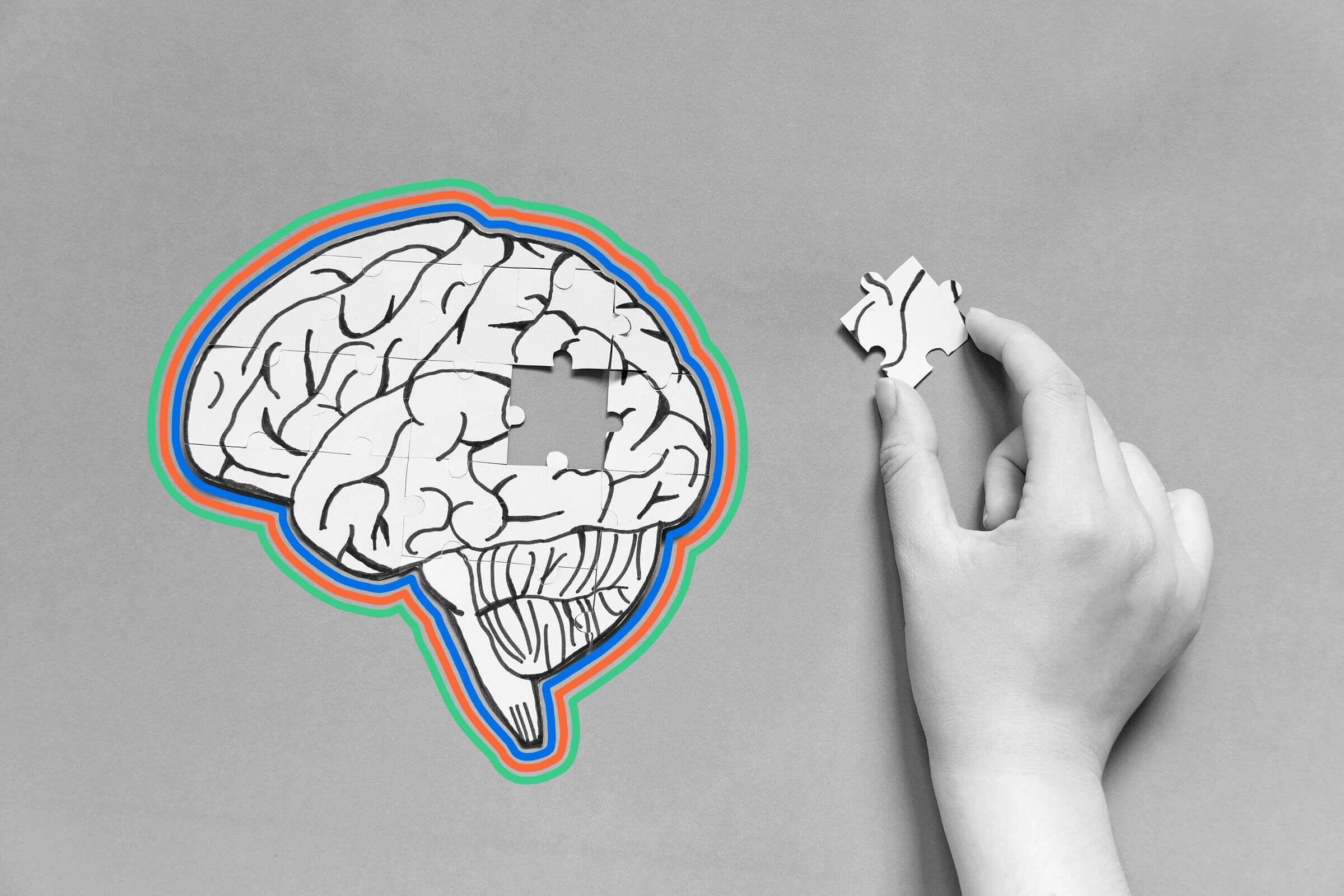
Humans are the only known animals that cry from emotion.
Most animals with eyes produce tears, but only one releases them in moments of sorrow and joy: humans. Creatures throughout the animal kingdom also feel emotion, but humans are the biological anomaly for being able to stream tears down our faces during times of emotional upheaval or relief — and scientists remain perplexed about exactly why.
Unusual theories have cropped up over time: Aristotle believed the act of crying was simply to help clear our minds from suppressed feelings. Some have believed tears help cleanse the body of toxins. In the 1600s, it was common to think that our feelings heated the heart, which produced water vapor to cool itself that escaped through our eyes. Danish scientist Niels Stensen’s 1662 discovery of the lacrimal gland — located at the outer corner of each eye, and the origin point of our emotional tears — helped disprove that theory, though Stensen believed tears only moisturized our eyes. Even famed British naturalist Charles Darwin considered emotional tears to have no real benefit, though today’s scientists have a competing idea, believing that crying may provide a social cue to other humans that we need help; after all, babies cry an astounding amount and need round-the-clock attention.
Human eyes actually produce three types of tears, all with different purposes. Basal tears help to clean and lubricate the eyes, while reflex tears are a response to our environment (they appear when we cut onions). Emotional tears are the only kind we have some control over, and they have a slightly different chemical composition with more protein that may help them better stick to our faces.
Many researchers once thought that only humans exhibited glee through laughter, but a 2021 study from UCLA found that more than 65 different animal groups may also laugh, or at least exhibit what researchers called “vocal play behavior,” when feeling playful. Some of the chuckling critters include ones you might expect, such as primates and dogs, along with a few unusual contenders, such as foxes, seals, and mongooses. However, laughter across the animal kingdom doesn’t always sound the same as human giggles. Take, for example, rats, who researchers believe may enjoy being tickled, but whose laughs are inaudible to humans thanks to their high frequency, and can only be heard with the help of specialty microphones.

